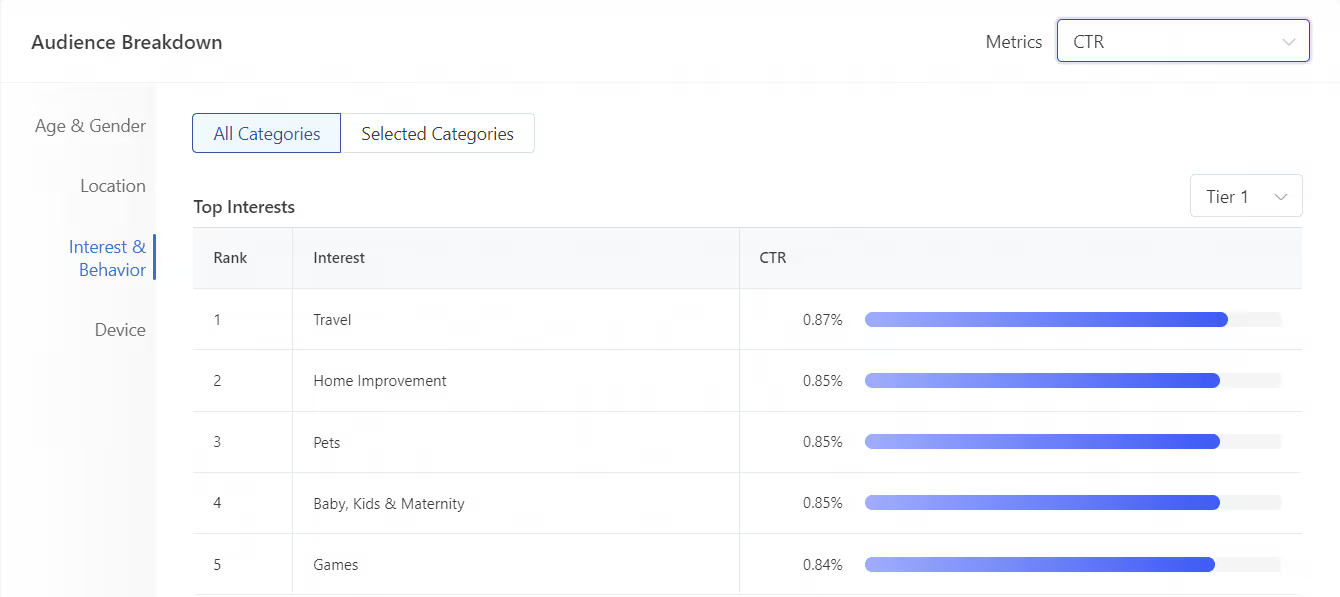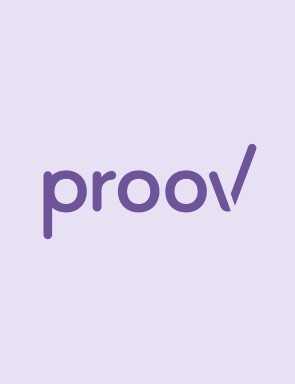In this article
TikTok is no longer a newcomer in the digital advertising space. It’s a global platform with global brands spending billions on TikTok ads. Its ads management platform is sophisticated and the reps are top-notch. If you’re not already advertising on TikTok, we have many reasons why you should start, and this guide will give everything you need to know to get your TikTok ads live and winning. Here, you’ll find ad ops best practices for TikTok ads, including how to set up your campaigns, the top TikTok ad audience strategies, and what to avoid.
How do we know what works?
We’re a top TikTok advertiser and a proud partner in the TikTok Creative Exchange. In fact, the majority of the advertisers that have partnered with us to create ads for TikTok have been featured in the TikTok Top Ads Library,, meaning they have high-quality creative, resonate well with audiences, and are high converters.
1) Determine Your Budget Strategy
CBO is Better for Exiting Learning
TikTok for Business has a lot of the same features as Meta’s Facebook Ads. Just like in Facebook Ads, you can choose to either do Campaign Budget Optimization (CBO) or Ad Set Budget Optimization (ABO). On Facebook, we mostly recommend ABO because of the increased ability for marketers to control spend allocation to their top performers.
However, on TikTok, we recommend using CBO if you have a lower budget to work with. This is primarily because of TikTok’s intense learning phase — the period right after launching ads before the algorithm has enough data for performance to stabilize. TikTok’s requirement to exit the learning phase is 50 conversions. If you are optimizing for a more expensive, bottom-of-funnel event (e.g. purchases), this can be hard to achieve without exorbitant budgets. CBO allows TikTok ads to exit the learning phase faster than ABO because it means that you need 50 conversions at the campaign level vs. ABO, which requires 50 in each ad set. Once you decide on a budget strategy, you cannot convert to the other mid-flight (like you can on Facebook). Instead, you would need to launch a whole new campaign.
ABO is better for control and rapid testing
If you do have a larger budget, ABO might be your best option as it will give you more control, similar to Facebook. We have seen the TikTok algorithm tend to latch on to a top performer and allocate all of the spend to it using CBO. Which is exactly as it is designed to do. But that top-performer could end up becoming a vampire. If you are testing at scale this could potentially hurt you because you may not be able to get enough spend to new creatives, or audiences, for them to perform. You could end up writing off a test as a failure, but in reality, it never had a fair chance.
2) Make Adjustments as Needed (It's OK to Reset Learnings Occasionally)
Unlike on Facebook ads, where marketers should try to avoid resetting learnings as much as possible, on TikTok it’s actually okay (and many times beneficial) to relaunch a campaign or kick ads back into learning. If performance starts tanking, or your ads don’t truly take off, it’s best to launch a new ad or ad set to reset the learning. This can give the TikTok algorithm a little nudge to take a second look at your ads.
If your account is already performing well (and shows no short-term decline in performance), exercise caution with this technique. After all, you don’t want to mess with a good thing. And if TikTok’s algo already helps your CPAs stay low, no need to push your ads back into the learning phase. If budget allows, start with a broad audience. This can help set your account up for success because once your ads exits the learning phase, you will have extensive insight into your audience and will be able to figure out which narrower audiences might work best in the future.TikTok offers insight not only into demographics but also users’ interests and behaviors. TikTok separates out audience data into 4 tiers, with Tier 1 being the most broad and Tier 4 being the most specific. Just like how upper-funnel metrics can garner insight into lower funnel events, Tier 1 audiences can help you whittle down and hone your TikTok audiences. As you launch more ads, you can try out narrower audiences, collecting audience wins and data along the way.Tip: You can also use TikTok’s extensive audience learnings to inform your audiences for Meta ads. If an audience is high-converting on TikTok, there’s a high chance it will work on Facebook and Instagram, too.
The easy, 2-step process to setting up your best TikTok audiences:
1) Target Users Based on the Content They Engage With
Use your buyer persona and BDQs to identify what type of content your ideal customer would look for on TikTok.

2) Build a Relevant Audience Based on Available TikTok Audience Types
TikTok for Business offers a few different kinds of audiences you can use to target buyer personae. Let’s explore the different types:
Demographic
- With demographic data, you can refine by age, location, gender, and language
- Note that TikTok does have some restrictions on what you can advertise to minors, and the lowest age range you can select is 13-17
Interest
- Based on long-term user interactions
- Focused on broad interests (e.g. Jewelry) or keyword targeting (e.g. Designer Jewelry)
- Keyword targeting generally offers only small changes from the broad interests
Premium

- In premium audiences, you can choose users to target based on engagement with a certain industry coming from TikTok’s data
- There are some limitations: generally, premium audiences are more expensive and accounts need to be whitelisted to use
Behavioral: Video Interactions
- Based on how users interacted with videos on TikTok
- Super impactful — you know exactly what the user is interested in
- For example: people who shared a video from Beauty & Fashion in the past 15 days
Behavioral: Creators Interactions
- Creators are grouped into categories advertisers can target
- For example: people who followed creators from Food Guide and recommendations
Tip: If you find certain interests working, and certain behaviors working, try layering them for a large audience pool.
Lookalike
- Just like with Meta ads, you can target people who look like your customers (or site visitors, or any other number of custom events)
- You first need 1,000 signals on the event before you can create a custom audience
- If you add multiple lookalike or custom audiences to an ad set, the ads will serve to people who fit one or the other of the criteria (check out all audience interaction logic here)

Device
- This lets you target the hardware and software that people use to access TikTok (e.g. iOS users only)
- As an added bonus, TikTok also allows you to target people based on how expensive the device is, which is a nice alternative to income targeting
Tip: Download our TikTok Audience Targeting Cheat Sheet below
How to Scale Winning TikTok Ads:
Once you have ads that are working for you, how can you scale those across your account?
1) Try Different Audiences With Your Wins
Be creative about who they are and what they see on TikTok. Check out our TikTok Audience Cheat Sheet above if you need some inspiration.
2) Increase Budgets When You Find a Win
Then, decrease your budget and launch new ads when CTR starts to drop. (More on this later.)
3) Try Your TikTok Ads On Different Channels
We found that TikTok ads also work on Meta, Pinterest, and Snapchat. Test out your creative to see if it can help boost ROI on any other platform.
What to Avoid: TikTok Red Flags
Now that you know how to get started with ad ops on TikTok, let’s review what to stay away from on the platform.
1) Avoid Increasing Ad Frequency
When using the app organically, a user NEVER sees the same video twice. To stay to be native to the platform, try to avoid ad frequency. Instead, offer multiple videos from the same brand/product but not the exact same content.
2) Watch Out For Signs of Creative Fatigue
- CPA increases overnight: If CPA is high for 2 days, it’s time to launch new content.
- CTR drops: Take CTR as the first indicator of creative fatigue, and be ready to shift budget and creative. View-based conversions may still come through, but CPA will start to increase in the following days. That’s when you should look to CTR to know if you should launch more ads.
—We hope that this guide helps you successfully launch your TikTok ad campaigns. If you’d like expert help improving ROI on TikTok, feel free to book a free, 30-minute growth consultation.


.jpg)
.jpg)
.jpg)
.jpg)
.jpg)
.jpg)
.jpg)



